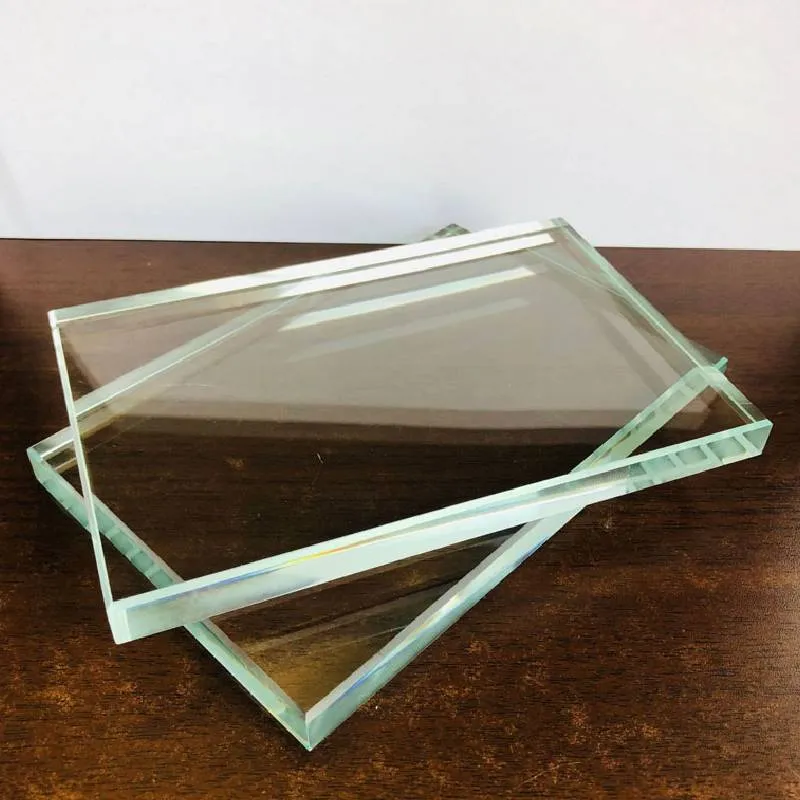The Fascinating World of Reflective Glass Material
Reflective glass material has gained popularity in various industries due to its unique aesthetic appeal and functional advantages. This type of glass is treated to enhance its reflective properties, making it an ideal choice for both architectural and design applications. In this article, we will explore the characteristics, applications, and benefits of reflective glass material, shedding light on why it has become a staple in modern construction and interior design.
Characteristics of Reflective Glass
Reflective glass is typically produced by applying a thin metallic coating to the surface of clear or tinted glass. This coating allows the glass to reflect a significant portion of light while still permitting some visibility through it. The level of reflectivity can vary, providing designers with options ranging from subtle reflections to highly reflective surfaces. This versatility makes it suitable for diverse applications, from skyscrapers to decorative elements.
One of the primary features of reflective glass is its ability to reduce heat gain and glare. By reflecting solar radiation, it helps maintain cooler indoor temperatures, decreasing the reliance on air conditioning systems. Additionally, this characteristic enhances privacy while still allowing natural light to enter spaces, making it an excellent choice for commercial buildings and residential homes alike.
Applications in Architecture
In architecture, reflective glass is often utilized to create stunning facades that contribute to a building's overall aesthetic. The sleek, modern look of reflective glass adds a touch of elegance, allowing structures to blend harmoniously with their surroundings. Skyscrapers adorned with reflective glass can create a striking visual effect, reflecting clouds and sunlight, which changes the building’s appearance throughout the day.
Furthermore, reflective glass is also used in curtain wall systems, which offer multiple benefits including energy efficiency and sound insulation. As cities become denser and urban environments more competitive, reflective glass contributes to the design of buildings that are not only visually appealing but also environmentally sustainable.
reflective glass material
Benefits in Interior Design
In addition to its use in architecture, reflective glass material plays a significant role in interior design. It can be employed in partitions, mirrors, and decorative panels, enhancing the illusion of space in smaller rooms. By using reflective surfaces, designers can create brighter, airier environments that feel more expansive.
Moreover, reflective glass is also used in furniture design, such as tabletops and shelving units. These applications not only provide functional surfaces but also add a modern, chic touch to the decor. The reflective quality can catch light in interesting ways, creating dynamic visual effects and enhancing the overall ambiance of a space.
Challenges and Considerations
While the benefits of reflective glass are numerous, there are also challenges to consider. The glare produced by highly reflective surfaces can be problematic in certain scenarios, particularly in residential areas or places where visual comfort is essential. Additionally, the cost of high-quality reflective glass can be higher than standard glass, which may deter some buyers.
Manufacturers are constantly improving reflective glass technology to address these issues. For instance, advancements in coatings can reduce glare while maintaining the desired reflective properties. Innovations in production methods are also making reflective glass more affordable and accessible to a broader market.
Conclusion
Reflective glass material represents a harmonious blend of aesthetics and functionality. Its ability to enhance architectural design, improve energy efficiency, and bring elegance to interior spaces makes it a preferred choice in contemporary design. As technology continues to advance, we can expect to see even more innovative applications of reflective glass in the future, transforming the way we experience and interact with our built environments. Whether in towering skyscrapers or intimate home settings, reflective glass will undoubtedly play a pivotal role in shaping modern architecture and design.
 Afrikaans
Afrikaans  Albanian
Albanian  Amharic
Amharic  Arabic
Arabic  Armenian
Armenian  Azerbaijani
Azerbaijani  Basque
Basque  Belarusian
Belarusian  Bengali
Bengali  Bosnian
Bosnian  Bulgarian
Bulgarian  Catalan
Catalan  Cebuano
Cebuano  Corsican
Corsican  Croatian
Croatian  Czech
Czech  Danish
Danish  Dutch
Dutch  English
English  Esperanto
Esperanto  Estonian
Estonian  Finnish
Finnish  French
French  Frisian
Frisian  Galician
Galician  Georgian
Georgian  German
German  Greek
Greek  Gujarati
Gujarati  Haitian Creole
Haitian Creole  hausa
hausa  hawaiian
hawaiian  Hebrew
Hebrew  Hindi
Hindi  Miao
Miao  Hungarian
Hungarian  Icelandic
Icelandic  igbo
igbo  Indonesian
Indonesian  irish
irish  Italian
Italian  Japanese
Japanese  Javanese
Javanese  Kannada
Kannada  kazakh
kazakh  Khmer
Khmer  Rwandese
Rwandese  Korean
Korean  Kurdish
Kurdish  Kyrgyz
Kyrgyz  Lao
Lao  Latin
Latin  Latvian
Latvian  Lithuanian
Lithuanian  Luxembourgish
Luxembourgish  Macedonian
Macedonian  Malgashi
Malgashi  Malay
Malay  Malayalam
Malayalam  Maltese
Maltese  Maori
Maori  Marathi
Marathi  Mongolian
Mongolian  Myanmar
Myanmar  Nepali
Nepali  Norwegian
Norwegian  Norwegian
Norwegian  Occitan
Occitan  Pashto
Pashto  Persian
Persian  Polish
Polish  Portuguese
Portuguese  Punjabi
Punjabi  Romanian
Romanian  Russian
Russian  Samoan
Samoan  Scottish Gaelic
Scottish Gaelic  Serbian
Serbian  Sesotho
Sesotho  Shona
Shona  Sindhi
Sindhi  Sinhala
Sinhala  Slovak
Slovak  Slovenian
Slovenian  Somali
Somali  Spanish
Spanish  Sundanese
Sundanese  Swahili
Swahili  Swedish
Swedish  Tagalog
Tagalog  Tajik
Tajik  Tamil
Tamil  Tatar
Tatar  Telugu
Telugu  Thai
Thai  Turkish
Turkish  Turkmen
Turkmen  Ukrainian
Ukrainian  Urdu
Urdu  Uighur
Uighur  Uzbek
Uzbek  Vietnamese
Vietnamese  Welsh
Welsh  Bantu
Bantu  Yiddish
Yiddish  Yoruba
Yoruba  Zulu
Zulu 

